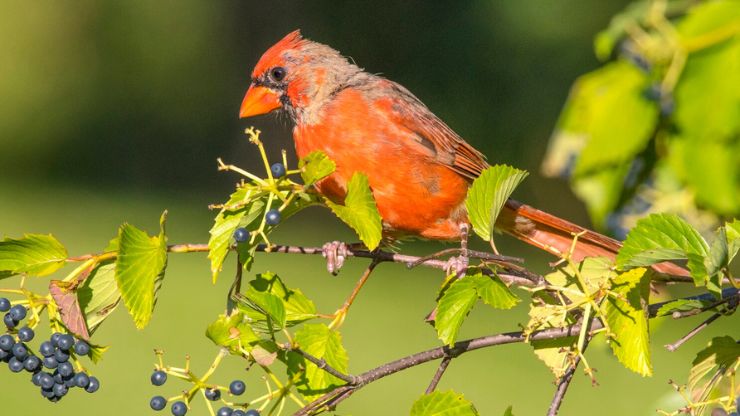8 Plants and Trees That Attract Cardinals – If you’re a bird enthusiast or simply want to bring more vibrant wildlife into your garden, attracting Cardinals can add a splash of color and beauty to your outdoor space. Cardinals, with their striking red plumage and melodious songs, are a delight to observe. To entice these lovely birds to visit your garden regularly, consider planting specific plants and trees known to attract Cardinals. In this guide, we’ll explore eight plants and trees that Cardinals are particularly fond of. From flowering shrubs to fruit-bearing trees, each selection is chosen for its ability to provide food, shelter, and nesting sites for Cardinals. With these plants in your garden, you’ll create an inviting habitat that will not only attract Cardinals but also enhance the biodiversity and natural beauty of your outdoor environment.
Table of Contents
Toggle8 Plants and Trees That Attract Cardinals
Sunflower (Helianthus)
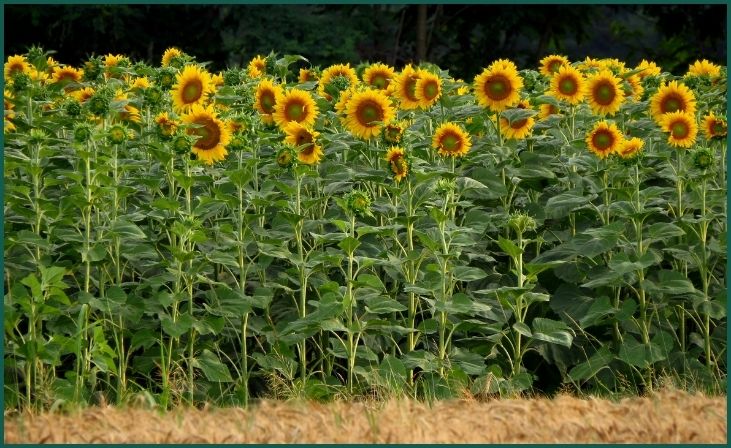
Sunflowers are a favorite among Cardinals due to their vibrant blooms and abundance of seeds, which are a valuable food source for these birds. Cardinals are known to feed on the seeds of mature sunflower heads, making them a popular choice for attracting these colorful birds to your garden. Sunflowers are relatively easy to grow and thrive in sunny locations with well-drained soil. Planting a variety of sunflowers of different heights and colors can provide Cardinals with a diverse and plentiful food source throughout the year, while also adding beauty and visual interest to your garden landscape.
Also Read: The 7 Best Indoor Hanging Plants to Capitalize on Vertical Space
Black Oil Sunflower Seeds
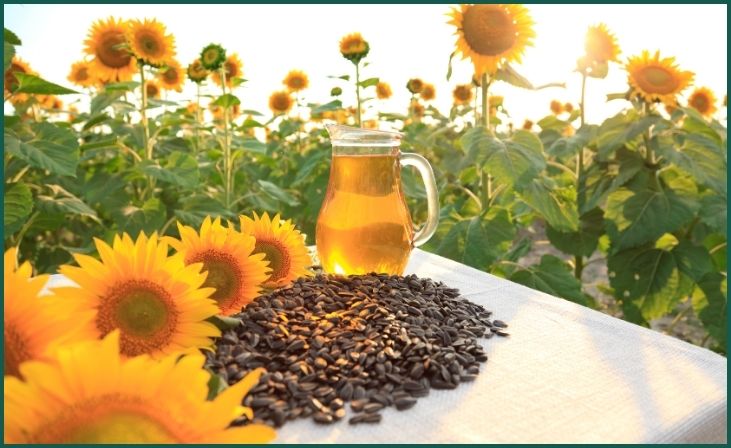
In addition to growing sunflowers, providing black oil sunflower seeds in bird feeders is another effective way to attract Cardinals to your yard. Black oil sunflower seeds have thin shells and high oil content, making them a favorite food source for a variety of bird species, including Cardinals. These seeds are readily available at most garden centers and can be easily dispensed in bird feeders placed throughout your yard. Placing feeders in areas with plenty of cover, such as near shrubs or trees, can help make Cardinals feel safe and secure while feeding, increasing the likelihood of attracting them to your yard.
Red Mulberry (Morus rubra)
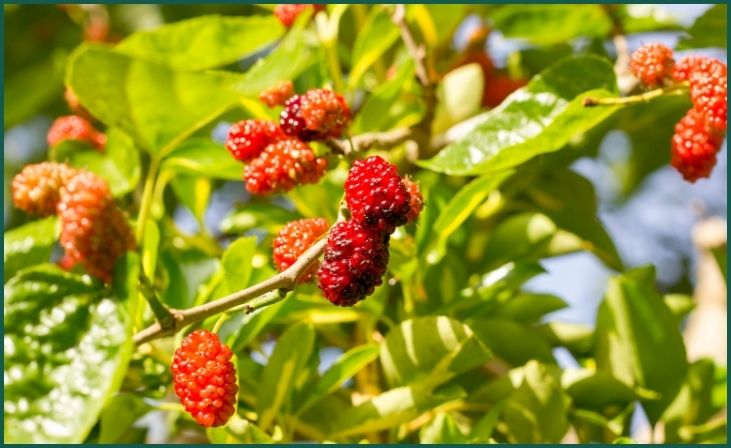
Red Mulberry trees are highly attractive to Cardinals due to their sweet and juicy fruits, which ripen in late spring to early summer. Cardinals are known to feast on the ripe berries of Red Mulberry trees, making them a valuable food source for these birds during the breeding season. Red Mulberry trees are relatively low-maintenance and can thrive in a variety of soil types, making them an excellent choice for attracting Cardinals to your yard. Planting Red Mulberry trees in areas with plenty of sunlight and room to grow can provide Cardinals with a reliable and nutritious food source while adding beauty and shade to your landscape.
Eastern Red Cedar (Juniperus virginiana)
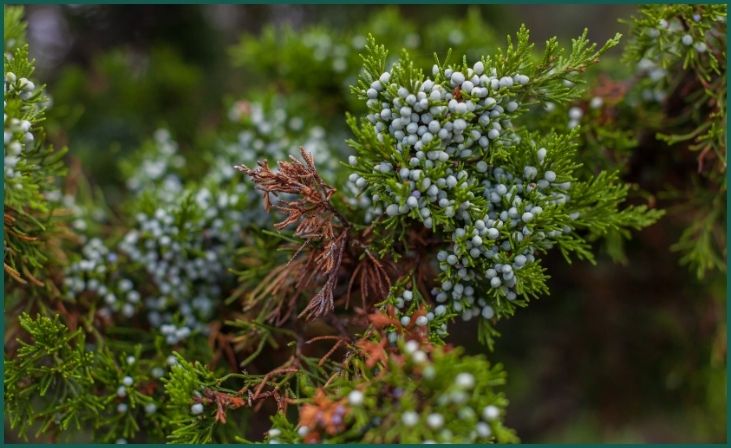
Eastern Red Cedar trees are another favorite among Cardinals due to their dense foliage and abundant berry-like cones, which provide both food and shelter for these birds. Cardinals are known to feed on the small, bluish-purple berries of Eastern Red Cedar trees, especially during the winter months when other food sources may be scarce. These trees are hardy and adaptable, making them well-suited to a variety of growing conditions. Planting Eastern Red Cedar trees in groups or clusters can create an attractive habitat for Cardinals, providing them with ample food and cover throughout the year.
Don't just scroll, subscribe!
BuzzTrail's unique web-stories are the cure for boredom you've been waiting for.
Serviceberry (Amelanchier)
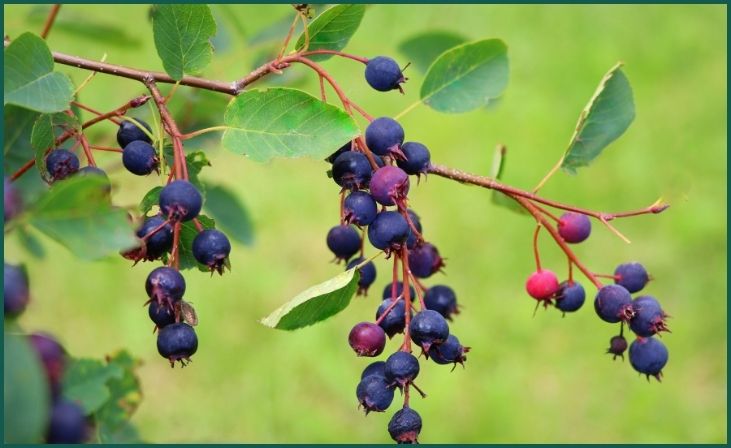
Serviceberry shrubs and trees are prized by Cardinals for their small, sweet berries, which ripen in late spring to early summer. Cardinals are known to flock to Serviceberry plants to feast on the ripe berries, making them a valuable food source during the breeding season. Serviceberry plants are relatively easy to grow and can thrive in a variety of soil types and growing conditions. Planting Serviceberry shrubs or trees in your yard can provide Cardinals with a nutritious and delicious food source while also adding beauty and ornamental value to your landscape.
Dogwood (Cornus)
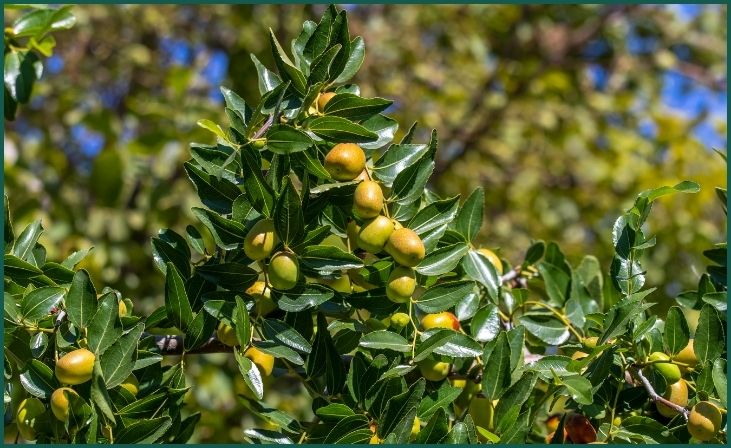
Dogwood trees and shrubs are highly attractive to Cardinals due to their clusters of small, brightly colored fruits, which ripen in late summer to early fall. Cardinals are known to feed on the ripe berries of Dogwood plants, making them a valuable food source during the fall and winter months. Dogwood trees and shrubs are relatively easy to grow and can thrive in a variety of soil types and growing conditions. Planting Dogwood trees or shrubs in your yard can provide Cardinals with a reliable and nutritious food source while also adding beauty and ornamental value to your landscape.
Crabapple (Malus)

Crabapple trees are highly attractive to Cardinals for their small, colorful fruits, which ripen in late summer to early fall. Cardinals are known to feed on the ripe berries of Crabapple trees, making them a valuable food source during the fall and winter months. Crabapple trees are relatively easy to grow and can thrive in a variety of soil types and growing conditions. Planting Crabapple trees in your yard can provide Cardinals with a reliable and nutritious food source while also adding beauty and ornamental value to your landscape.
Also Read: 7 Easy-to-Grow Plants to Begin Growing in April
Winterberry (Ilex verticillata)
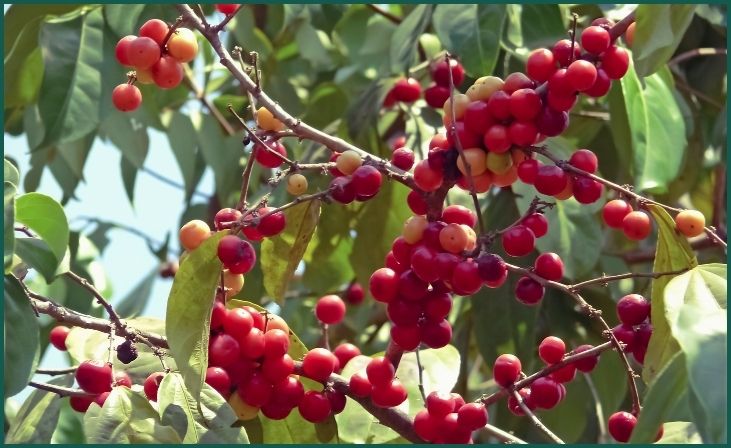
Winterberry shrubs are highly attractive to Cardinals for their bright red berries, which persist throughout the winter months. Cardinals are known to feed on the ripe berries of Winterberry shrubs, making them a valuable food source during the colder months when other food sources may be scarce. Winterberry shrubs are relatively easy to grow and can thrive in moist, well-drained soil and full sun to partial shade. Planting Winterberry shrubs in your yard can provide Cardinals with a reliable and nutritious food source while also adding beauty and ornamental value to your landscape.
Conclusion
In conclusion, creating a bird-friendly environment in your garden by planting specific plants and trees can greatly increase the chances of attracting Cardinals. By selecting flora that provide food, shelter, and nesting opportunities, you’ll not only enjoy the presence of these beautiful birds but also contribute to their well-being and conservation. Remember to maintain a welcoming habitat by providing fresh water and minimizing the use of pesticides. With a little effort and attention to detail, you can transform your outdoor space into a haven for Cardinals and other wildlife, enriching your gardening experience and fostering a deeper connection with nature.
FAQs
What are some plants that attract Cardinals with their flowers and seeds?
What are some plants that attract Cardinals with their flowers and seeds?
Plants such as sunflowers, coneflowers, black-eyed Susans, and zinnias are known to attract Cardinals with their vibrant flowers and abundant seeds.
Which trees provide ideal nesting sites and shelter for Cardinals?
Which trees provide ideal nesting sites and shelter for Cardinals?
Trees like maple, oak, pine, and spruce offer sturdy branches and dense foliage that Cardinals use for nesting and shelter, making them attractive options for attracting these birds to your garden.

